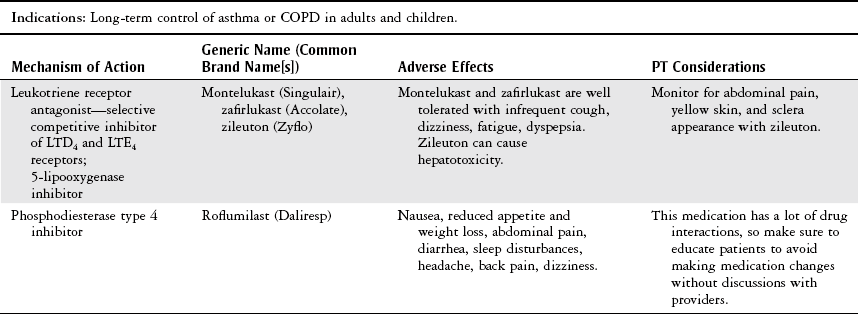Chapter 19 The objective of this chapter is to provide: 1 An overview of the pharmacologic agents that are commonly prescribed as an adjunct to the medical-surgical management of a wide variety of diseases and disorders Pharmacology is multifactorial in nature and applies to many body systems. For this reason, specific practice patterns are not delineated in this chapter. Please refer to Appendix A for a complete list of the preferred practice patterns in order to best delineate the most applicable practice pattern for a given diagnosis. The medications in this chapter are organized according to systems (see the following index table). Both generic and common brand name(s) are listed for each agent. Depending on the practice setting, you may see generic names being used all the time (acute, inpatient setting) or brand names used (outpatient setting). Many drugs are available as extended-release formulations. In that case, several letters may be added to the generic/brand name of the drug. Among the common abbreviations are XL, XT, and ER (extended release); SR (sustained release); and CR (controlled release). Pharmacy laws mandate the dispensing of a generic medication if generic is available, even if the physician writes a prescription using a brand name. A physician may indicate “No substitution” on the prescription if he or she desires only the brand name to be dispensed. For each type of medication in this chapter, a description of the indication(s), mechanism of action, and side effects, as well as important physical therapy (PT) considerations, is presented in tables.1,2 Note that some pharmacologic agents are listed in another chapter or appendix. TABLE 19-1 TABLE 19-2 TABLE 19-3 TABLE 19-3a Combination Drugs for Hypertension *Some drug combinations are available in multiple fixed doses. Each drug dose is reported in milligrams. TABLE 19-4 ADP, Adenosine diphosphate; NSAID, nonsteroidal antiinflammatory drug; PT, physical therapy. TABLE 19-5 TABLE 19-6 ACS, Acute coronary syndrome; BP, blood pressure; HR, heart rate; ICU, intensive care unit. TABLE 19-8 Adrenocortical Steroids (Glucocorticoids) COPD, Chronic obstructive pulmonary disease; PT, physical therapy. TABLE 19-10
Pharmacologic Agents
Preferred Practice Patterns
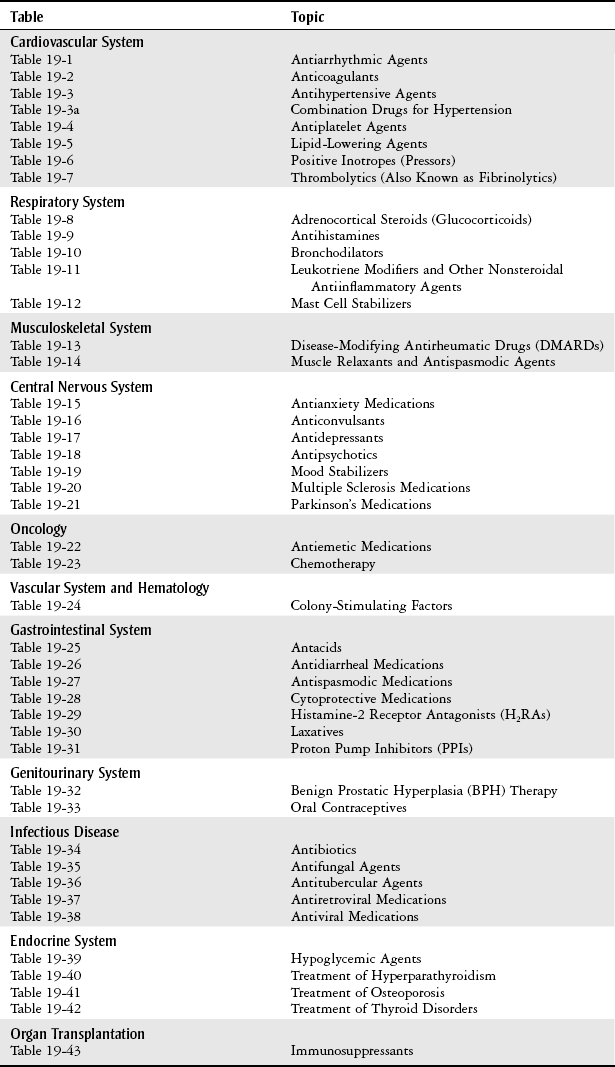
Cardiovascular System



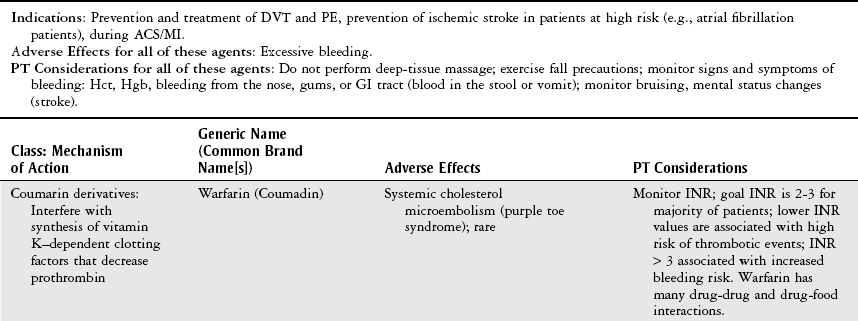

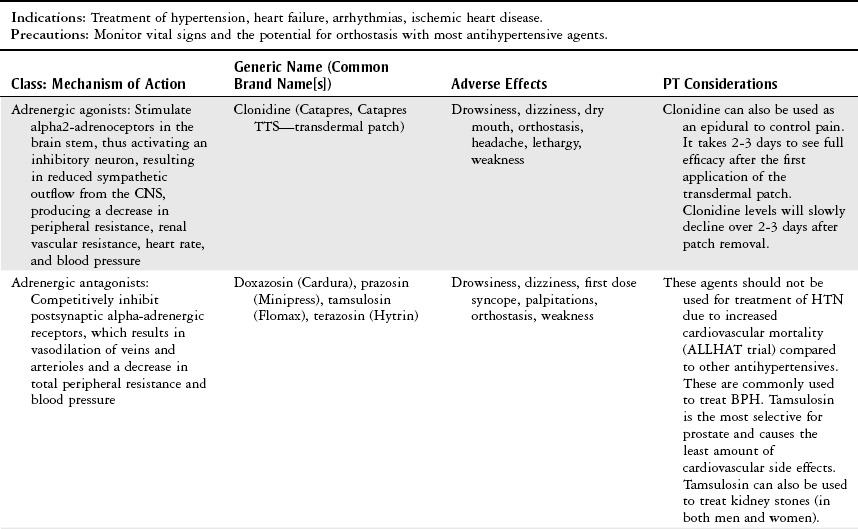
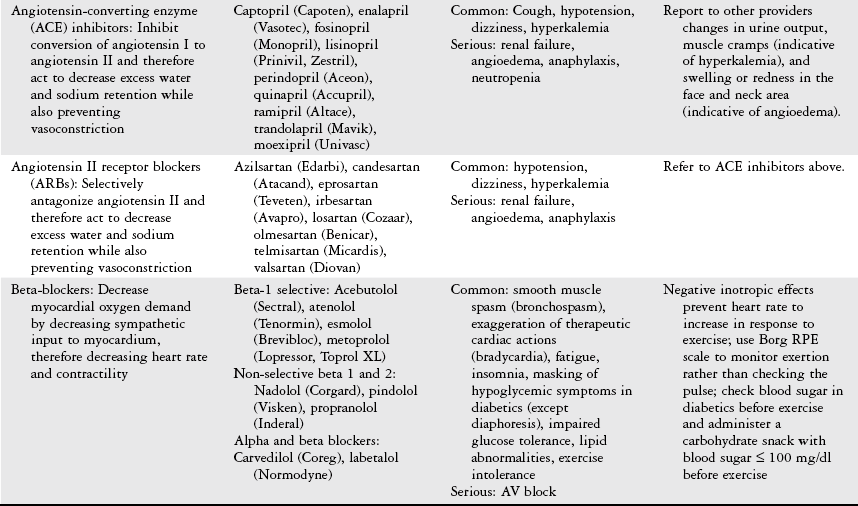
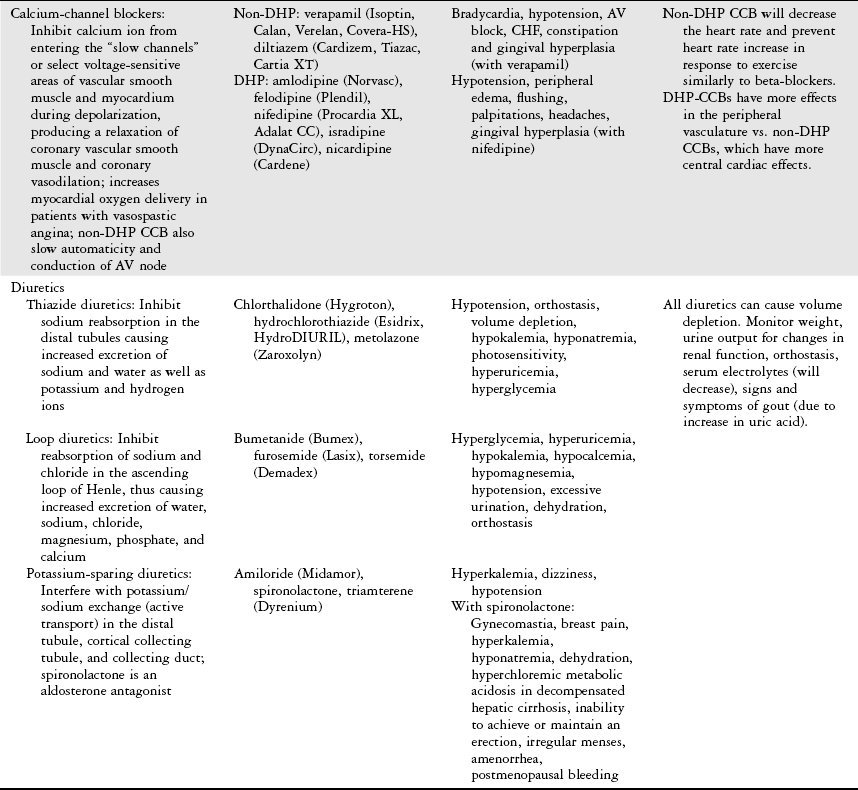
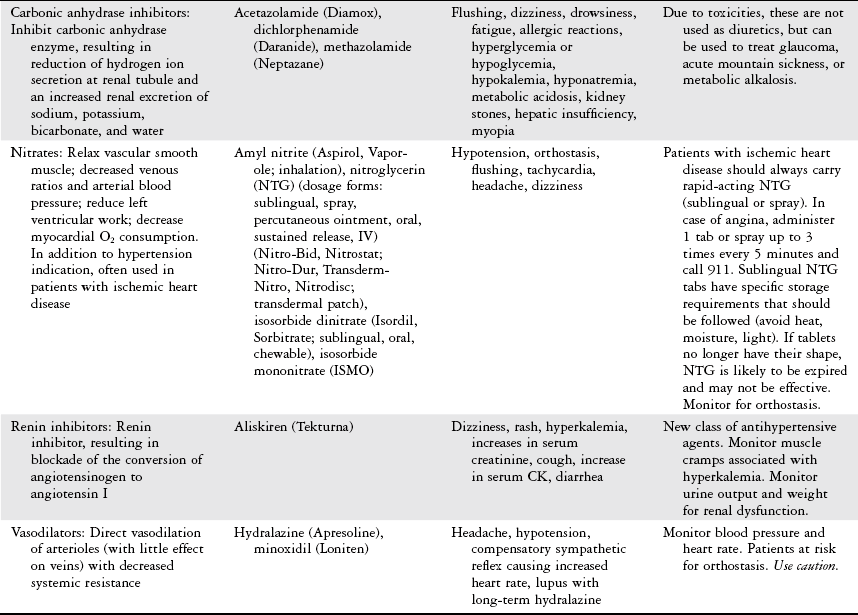

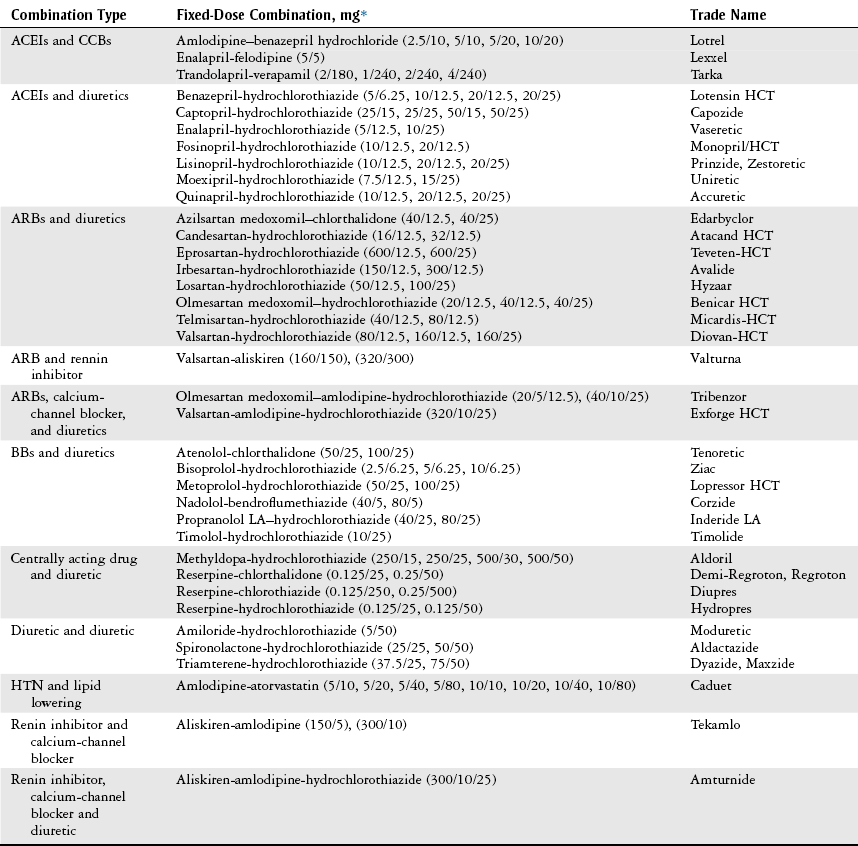
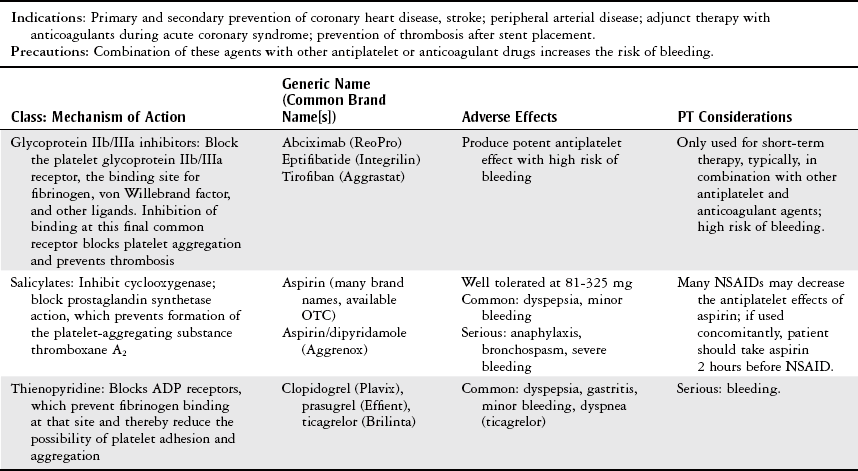



Respiratory System
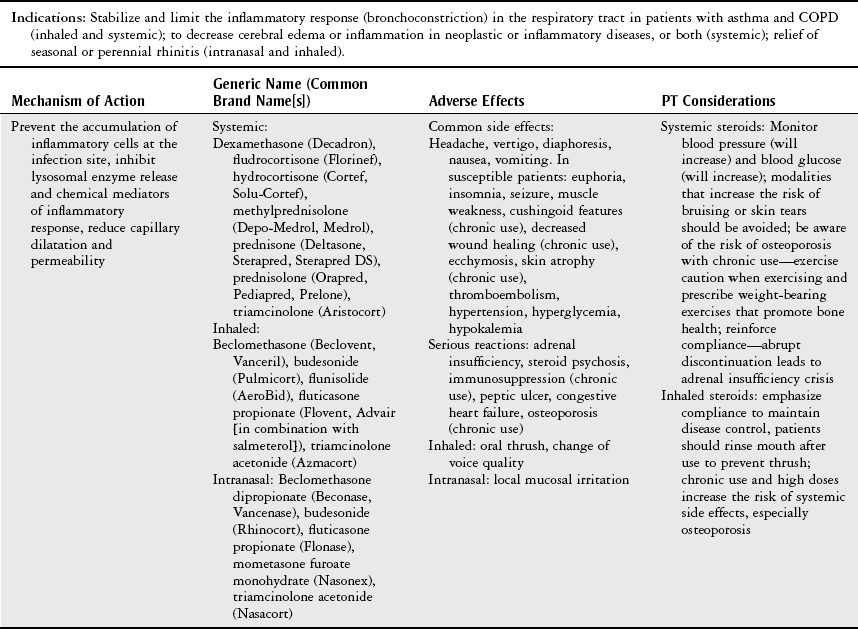

< div class='tao-gold-member'>
![]()
Stay updated, free articles. Join our Telegram channel

Full access? Get Clinical Tree




